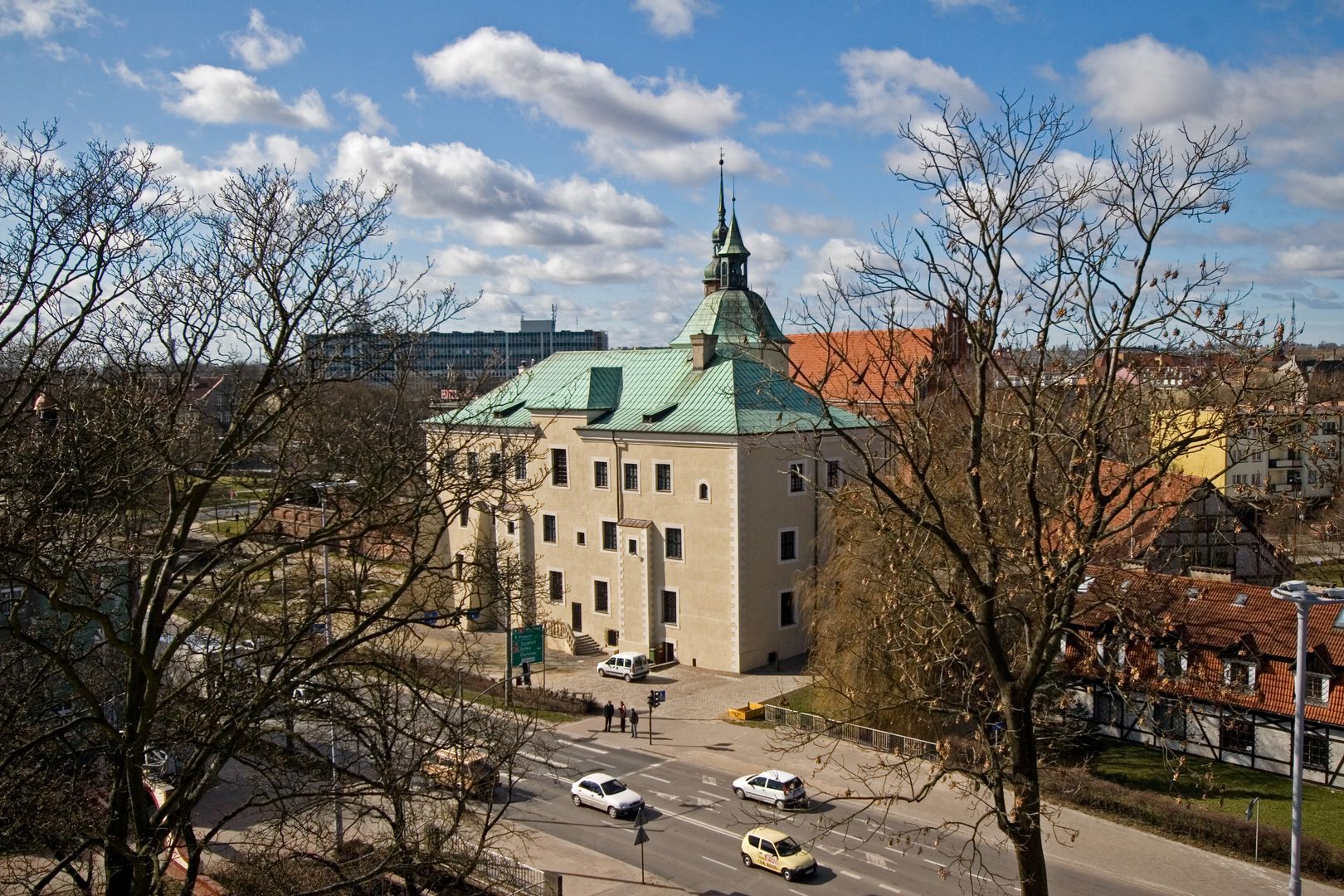Museum of Central Pomerania in Słupsk
6.75

Overview
The Museum of Central Pomerania in Słupsk (MPŚ) is an institution with a rich history, dating back to 1924. After World War II, in 1948, the museum was taken over by the Polish authorities and enriched with over 600 new artifacts. Today, MPŚ boasts a collection of more than 30,000 museum objects and a library consisting of 22,000 volumes. The museum focuses on the history of Pomerania, showcasing both historical and contemporary art, as well as ethnographic artifacts and documents, including old prints and cartography. A distinctive feature that sets the institution apart is the world's largest collection of works by Stanisław Ignacy Witkiewicz, initiated by Janusz Przewoźny, the museum's long-term director.
MPŚ is located in the central part of Słupsk and occupies several architectural landmarks, including the Castle of the Pomeranian Dukes, the Castle Mill, and the White Granary, where exhibitions of Witkacy's works and contemporary art are displayed. The castle, an icon of the region, houses the crypts of the Pomeranian Dukes of the Griffin Dynasty and valuable religious art artifacts. The Castle Mill focuses on the material culture of the region's historical inhabitants, while the Richter Granary hosts temporary exhibitions. The museum also organizes the Griffin Fair, which attracts tourists and residents of Słupsk with its trade in antiques, numismatics, and artistic performances.
In 2017, the museum was visited by over 85,000 guests, underscoring its cultural significance in the region. The structure of MPŚ also includes branches such as the Museum of the Slovinian Village in Kluki, an open-air museum located in the Słowiński National Park, and the Museum of Pomeranian Folk Culture in Swołowo, which further expand the institution's educational and cultural offerings. The current director of the museum is Marzenna Mazur, who has been leading and promoting this important cultural site on the map of Pomerania since 2013.
Location
2025 Wizytor | All Rights Reserved